The EU Deforestation Regulation (EUDR) has quickly become one of the most talked-about environmental laws in global trade. It’s not just another sustainability initiative; it’s a regulation with real consequences. Businesses importing or exporting products like coffee, cocoa, soy, wood, palm oil, or cattle now face a legal requirement to prove that everything they sell is deforestation-free and legally produced.
For many, that sounds like an impossible task. Mapping every supplier, verifying land coordinates, and producing detailed reports for each shipment is enough to overwhelm even experienced compliance teams. That’s where EUDR platforms come in. These systems are designed to make compliance practical, structured, and verifiable. They turn what feels like chaos into an organized process you can actually manage. This guide breaks down how EUDR platforms work, what features matter most, and how they’re helping companies of all sizes stay compliant while keeping business running smoothly.
What EUDR Platforms Actually Do
At their core, EUDR platforms help companies collect, verify, and report supply chain data in a way that aligns with EU deforestation rules. They connect the dots between products, suppliers, and the land those products come from.
Here’s what that looks like in practice:
- Data collection: The system gathers supplier information, production details, and geolocation data for every plot of land tied to a product.
- Traceability mapping: It links each commodity to its source, often through polygon or point-based GPS mapping.
- Risk assessment: The platform analyzes data to flag potential compliance risks, such as suppliers located near deforested areas or missing legality documents.
- Due Diligence Statement (DDS) generation: Once the data is verified, the platform automatically compiles and submits a DDS to the EU’s TRACES system.
- Audit readiness: All compliance evidence is stored, versioned, and easy to retrieve for inspections.
This process replaces manual spreadsheets, scattered email threads, and paper-based filing systems with one digital source of truth.
Why the EUDR Makes These Tools Essential
The EUDR isn’t just about being eco-friendly; it’s about accountability. Every operator and trader placing regulated products on the EU market must now demonstrate that their goods are deforestation-free, legally produced according to the laws of the source country, and fully traceable to the specific plot of land where they were grown or raised.
That level of transparency can’t be achieved through paperwork alone. Manual processes simply don’t provide the consistency or precision needed to verify compliance across complex global supply chains. Digital traceability, automated reporting, and geospatial verification are no longer optional – they’re the only way to ensure accuracy, prove due diligence, and meet the regulation’s strict requirements.
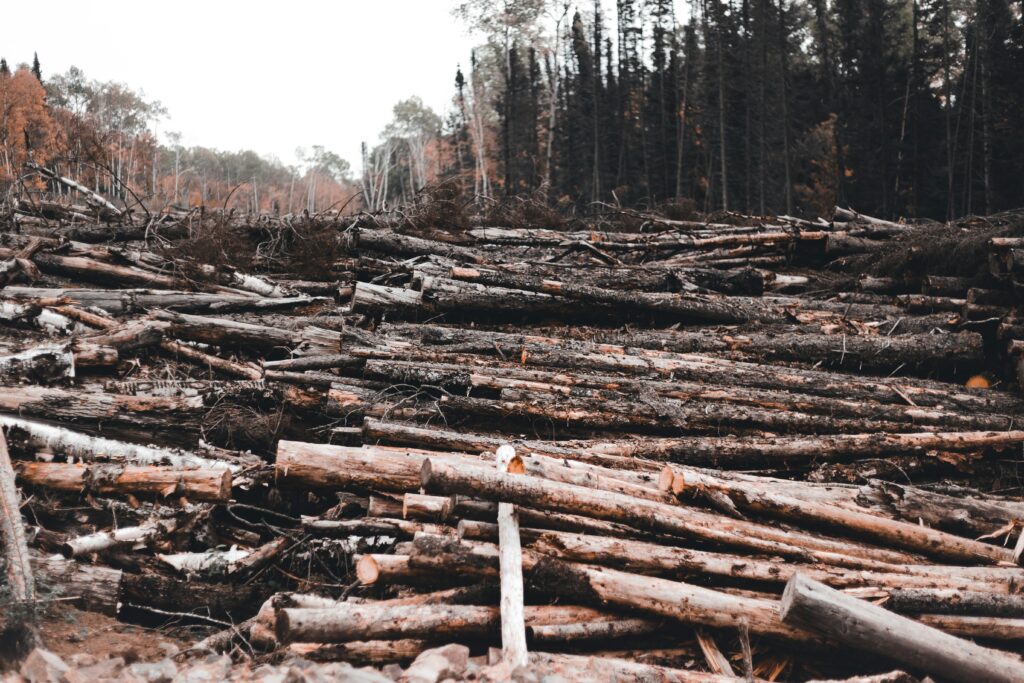
Leading EUDR Platforms Making Compliance Simple
As the EUDR deadlines approach, more companies are realizing that manual spreadsheets and disconnected supplier data are no longer enough. The right digital platform can save time, reduce risk, and keep businesses audit-ready. Below, we look at five solutions leading the way in EUDR compliance — starting with our own.
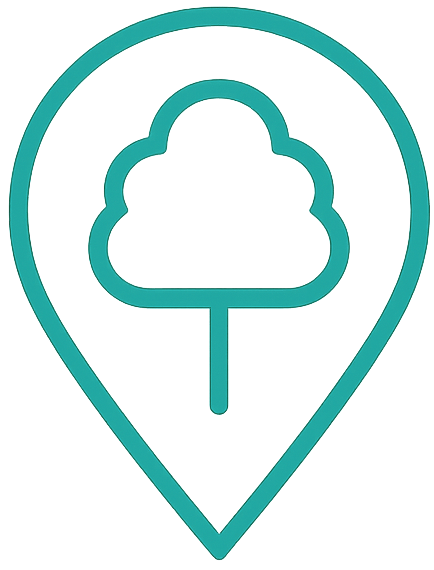
1. EUDR.co – Designed by Experts, Built for Real-World Compliance
Au EUDR.co, we created a platform to make EUDR compliance achievable for every business, not just the big ones with large legal teams. Our system combines satellite-based monitoring, automation, and risk analysis to help organizations meet sustainability and deforestation-free requirements without the overwhelm.
We believe compliance should feel like a clear process, not a punishment. That’s why we built an interface that simplifies complex tasks like geolocation verification, supplier data collection, and due diligence reporting – all within one dashboard. Whether you’re a small importer or a multinational trader, our tools scale to your needs while staying affordable.
What Makes Us Stand Out
- End-to-end automation that eliminates manual data entry and file chasing.
- Satellite-driven deforestation analysis for accurate, verifiable monitoring.
- Flexible pricing to fit SMEs and enterprise users alike.
- Built-in geolocation and documentation workflows for all EUDR commodities.
- Fast, intuitive onboarding – no coding or special training required.
- Transparent reporting that’s always audit-ready.
Contacts:
- Site web : eudr.co
- Téléphone : +49 6151 2776497 +49 6151 2776497
- Courriel : info@eudr.com
- Adresse : Robert-Bosch-Str. 7, 64293 Darmstadt,Allemagne
- LinkedIn : www.linkedin.com/company/eudr
Our goal is simple: help you stay compliant while focusing on what really matters – running a sustainable business with confidence.

2. Osapiens – Full-Scale Traceability for Complex Supply Chains
Osapiens takes a deep-tech approach to EUDR compliance. Its platform, osapiens HUB, is known for precision and scale, offering AI-powered risk assessments, satellite verification, and integration with GS1 standards for interoperability.
Built for larger companies, it automates the entire due diligence process, from supplier data intake to the submission of the Due Diligence Statement (DDS) via API. It’s also backed by legal experts from Graf von Westphalen, ensuring compliance frameworks align with EU law.
What Makes It Stand Out
- Certified EUDR compliance validated by legal experts.
- Advanced automation and configurable workflows for large-scale data.
- Integration with global standards like EPCIS for traceability.
Contacts:
- Site web : osapiens.com
- Address: Berlin Paul-Lincke Ufer 42, 10999 Berlin, Germany
- LinkedIn : www.linkedin.com/company/osapiens
Osapiens is the go-to platform for companies with complex global sourcing who want confidence that every compliance detail is covered.

3. Coolset – The Straightforward Choice for SMEs
Coolset offers a clean, practical interface for small and medium-sized enterprises looking to get compliant fast. Known for its plug-and-play setup, Coolset allows teams to import supplier and shipment data, assess risks, and generate audit-ready DDS reports in one place.
What makes it appealing is the accessibility – there’s no need to hire consultants or expand your compliance department. It’s designed to help growing businesses handle EUDR obligations efficiently while staying within budget.
What Makes It Stand Out
- Easy onboarding with API or CSV data imports from existing systems.
- Automatic DDS generation linked to supplier and product data.
- Built-in geospatial intelligence using Sentinel-2 satellite imagery.
Contacts:
- Website: www.coolset.com
- Phone: +31 20 2101245
- Address: Coolset B.V. Egelantiersgracht 572 Amsterdam, 1015 RR
Coolset’s user-first design turns what could be a tedious compliance process into a manageable workflow that teams can handle internally.

4. Agriplace – Streamlined Data Sharing Across Supply Chains
Agriplace focuses on simplicity and collaboration. Originally built for the food and beverage industry, it allows suppliers to reuse compliance documents across multiple buyers, reducing duplicate work and improving data quality across the board.
With connections to 18 global databases for environmental and social risk assessments, Agriplace ensures companies always have verified information at their fingertips. It’s ideal for importers or buyers managing complex supplier networks.
What Makes It Stand Out
- Supplier-friendly design with frictionless data submission.
- Integration with key certification systems (Global GAP, PlanetProof, SIZA).
- Centralized hub for QA, procurement, and sustainability teams.
- Annual reporting and continuous monitoring capabilities.
- Affordable pricing with free supplier access.
Contacts:
- Website: www.agriplace.com
- Phone: +31 (0)85 48 97 333
- Address: Nieuwezijds Voorburgwal 120 1012SH Amsterdam, The Netherlands
- LinkedIn: www.linkedin.com/company/agriplacebv
Agriplace’s network-based model makes it especially useful for industries dealing with thousands of small suppliers who need to stay compliant with minimal friction.
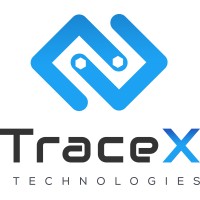
5. TraceX – Field-Level Traceability for Agri Supply Chains
TraceX stands out for its ground-level precision. It specializes in agricultural commodities and supports businesses working directly with farmers and cooperatives. The platform captures GPS-verified plot data, legal documentation, and production timelines to build a transparent compliance trail from farm to port.
Its strength lies in its ability to digitize and connect fragmented smallholder data, enabling exporters to create reliable Due Diligence Statements with proof of legality and deforestation-free production.
What Makes It Stand Out
- Real-time geolocation tracking and polygon mapping for every farm.
- Automated DDS creation aligned with EU Article 9 requirements.
- Integration with the TRACES system and regional land registries.
- Satellite overlays for deforestation risk scoring and mitigation tracking.
- Inclusive design supporting multilingual onboarding for smallholders.
Contacts:
- Website: tracextech.com
- Phone: +91 99725 24322
- Email: sales@tracextech.com
- Address: #251, 3rd Floor, G R Plaza, Kenchena Halli Road, Halagevaderahalli, Rajarajeshwari Nagar, Bengaluru, Karnataka 560098
- LinkedIn: www.linkedin.com/company/tracextech
- Facebook: www.facebook.com/tracextech
- X (Twitter): x.com/@tracex_tech
For agri-exporters, TraceX bridges the gap between sustainability goals and day-to-day operations, turning EUDR compliance into a competitive advantage.
Together, these platforms show how technology is reshaping compliance. Whether through automation, AI, or on-the-ground traceability, each solution helps businesses navigate the EUDR’s complex demands with greater confidence and less manual work. At EUDR.co, we’re proud to lead this shift – combining precision, accessibility, and innovation to help companies stay compliant and sustainable for the long term.
Comparing Top EUDR Platforms
With EUDR deadlines approaching, these five platforms stand out for making compliance faster, smarter, and more transparent.
| Platform | Best For | Core Features | What Makes It Stand Out |
| EUDR.co | SMEs and large enterprises | Satellite-based monitoring, supplier data collection, automated reporting | Combines automation and geospatial intelligence in one easy platform. Flexible pricing, quick onboarding, and full audit-ready compliance for all EUDR commodities. |
| Osapiens HUB | Large corporations and global supply chains | AI risk analysis, GS1 integration, automated DDS via API | Enterprise-level platform with certified legal compliance and deep system integration for complex networks. |
| Coolset | Small and medium businesses | API imports, DDS automation, Sentinel-2 satellite imagery | Plug-and-play setup for fast, affordable compliance. Ideal for SMEs managing EUDR reporting in-house. |
| Agriplace | Retailers and multi-supplier networks | Supplier document sharing, certification integration, central hub | Simplifies collaboration with reusable supplier documents and cross-department workflows. |
| TraceX | Agricultural exporters and cooperatives | GPS mapping, land verification, TRACES integration | Field-level traceability for smallholders with automated DDS and satellite-based deforestation checks. |
Each platform takes a different route to the same goal: making EUDR compliance clear, practical, and future-ready.
How to Choose the Right EUDR Platform for Your Business
This section would bridge the gap between understanding what these tools do and deciding which one actually fits a company’s needs. It would make the article more actionable and SEO-friendly while naturally following the benefits section.
You could cover points like:
- Define your compliance priorities: Clarify whether your main challenge is supplier onboarding, geolocation verification, or audit documentation.
- Evaluate scalability: Choose a platform that grows with your supply chain and can handle multiple commodities or regions.
- Check integration capabilities: Ensure it connects with existing ERP, procurement, or sustainability systems to avoid data silos.
- Consider ease of use: A platform is only valuable if your team and suppliers can use it confidently without extensive training.
- Review data security and certification: Verify that the provider meets EU data protection and audit standards.
- Look for localized support: Especially important for exporters working with smallholders or multilingual teams.
This addition would make the article more complete and practical, guiding readers from education to real decision-making.
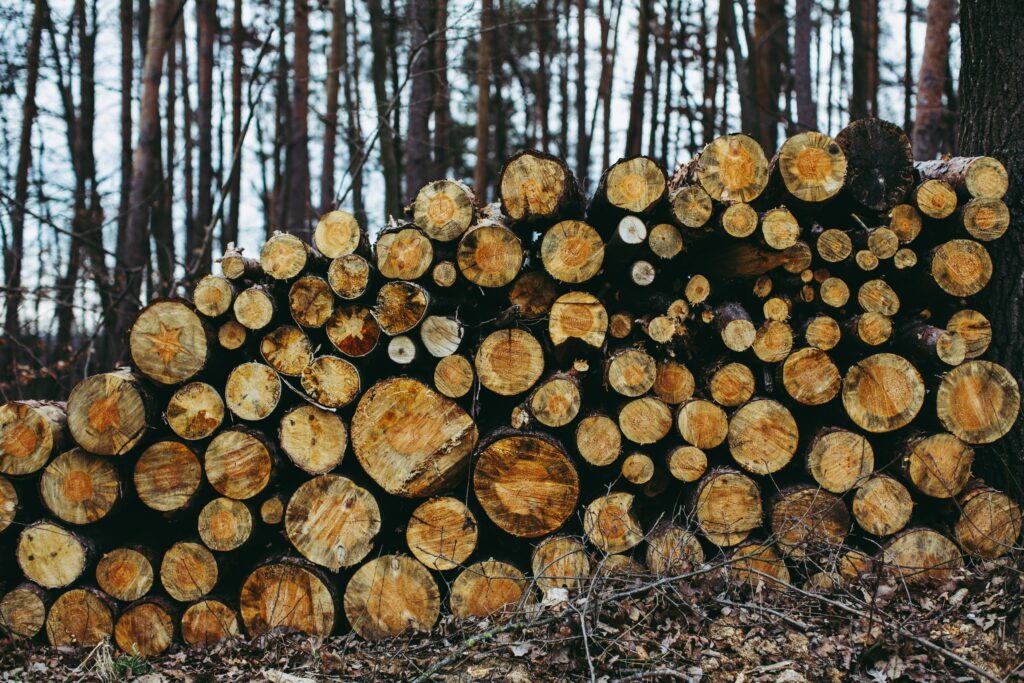
The Benefits of Using an EUDR Platform
The most obvious benefit of an EUDR platform is achieving compliance, but the real value goes much deeper. These tools not only help companies meet legal requirements but also strengthen operations, relationships, and long-term sustainability strategies.
1. Time and Cost Savings
Manual compliance can consume hundreds of staff hours every month: collecting data, verifying coordinates, and compiling reports. An automated platform drastically reduces that workload. It keeps all information in one place, saves teams from repetitive tasks, and allows them to focus on running the business instead of chasing missing files or supplier updates.
2. Reduced Audit Risk
When all due diligence data is centralized, verified, and timestamped, audits become far less stressful. Platforms with built-in verification tools and automated risk scoring make it easy to show compliance at any point. The ability to produce a complete digital trail within minutes gives companies confidence during inspections and helps prevent costly penalties.
3. Real-Time Visibility
EUDR platforms turn supply chain data into something you can actually see and understand. Instead of waiting for annual reports, you can track supplier performance, commodity origins, and risk changes as they happen. This visibility makes it easier to spot weak points before regulators or buyers raise concerns, helping you act early rather than react late.
4. Better Supplier Collaboration
Many systems now include supplier portals or shared dashboards. Producers and exporters can upload their data directly, reducing back-and-forth communication and improving accuracy. This transparency fosters stronger, more cooperative relationships across the chain – a key advantage when compliance depends on every participant doing their part.
5. Multi-Regulation Readiness
EUDR is just one of many sustainability frameworks now shaping global trade. Most leading platforms are built to support related regulations like CSRD, CSDDD, and LkSG. Once your compliance data structure is in place, you can easily adapt it for these overlapping requirements. In short, adopting an EUDR platform isn’t just about today’s rule – it’s an investment in long-term reporting and ESG readiness.
The Role of Automation and AI
Automation is what makes these platforms truly effective. Instead of manually comparing coordinates or reviewing thousands of supplier files, AI models can analyze satellite imagery, detect land-use changes, and flag deforestation risks in minutes.
AI also helps verify documents, detect inconsistencies, and suggest mitigation steps automatically. Platforms like Osapiens and TraceX even combine human review with machine scoring to balance speed and accuracy.
In the bigger picture, these tools don’t just simplify compliance – they reshape how companies manage sustainability data. They create transparency across global supply chains that once operated in the dark.
Final Thoughts
EUDR compliance can seem daunting, but the right platform turns it into a structured process rather than a guessing game. These tools handle the heavy lifting: data collection, geolocation verification, risk assessment, and reporting. Whether you’re a multinational sourcing soy across continents or a small importer managing a handful of suppliers, there’s now a digital path to full compliance.
What’s most encouraging is that these platforms do more than prevent penalties – they help companies build trust, strengthen their supply chains, and contribute to genuine environmental protection.
The EUDR might have raised the bar, but technology is already catching up. With the right tools, compliance isn’t just possible; it’s an opportunity to run a smarter, more transparent business.
Questions fréquemment posées
1. What is an EUDR platform?
An EUDR platform is a digital system that helps businesses comply with the EU Deforestation Regulation. It centralizes supplier data, verifies geolocation coordinates, assesses deforestation risks, and automates the creation of Due Diligence Statements (DDS). In short, it replaces manual spreadsheets with a traceable, audit-ready workflow.
2. Who needs to use an EUDR platform?
Any company that imports, exports, or trades commodities like coffee, cocoa, soy, palm oil, rubber, wood, or cattle within the EU will benefit from one. Whether you’re a small importer or a large multinational, the regulation applies to all operators and traders placing affected products on the EU market.
3. What kind of data do EUDR platforms collect?
They typically collect supplier details, production documentation, and geolocation data (points or polygons) for every plot of land linked to a product. Some also integrate satellite imagery and risk databases to verify whether any deforestation occurred after the cutoff date of December 31, 2020.
4. How do EUDR platforms handle Due Diligence Statements (DDS)?
Once all supplier and land data are verified, the platform automatically compiles a DDS that confirms the product is deforestation-free and legally produced. This statement is then submitted to the EU’s TRACES system, which is required before products can enter or leave the EU market.
5. Are EUDR platforms only useful for compliance?
No. While compliance is the main goal, these platforms also improve supply chain visibility, enhance collaboration with suppliers, and strengthen ESG reporting. They create a single data structure that can be reused for other regulations like CSRD or CSDDD, making them a long-term sustainability investment.


